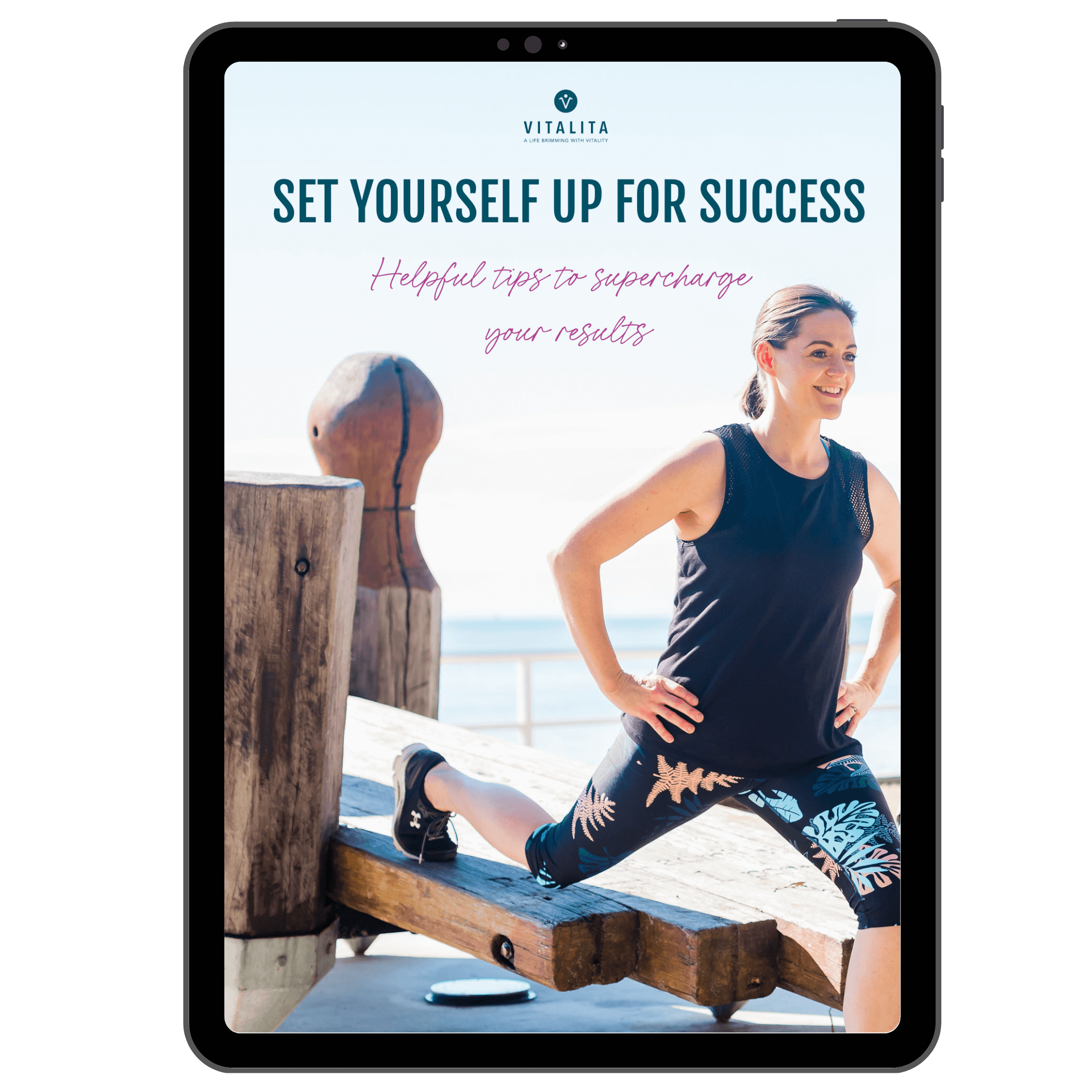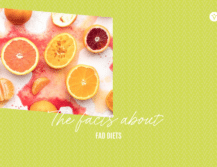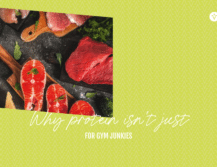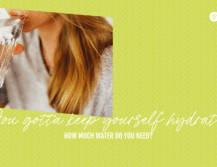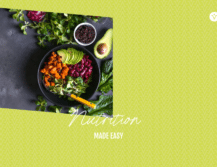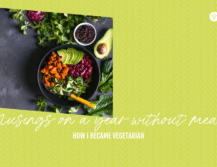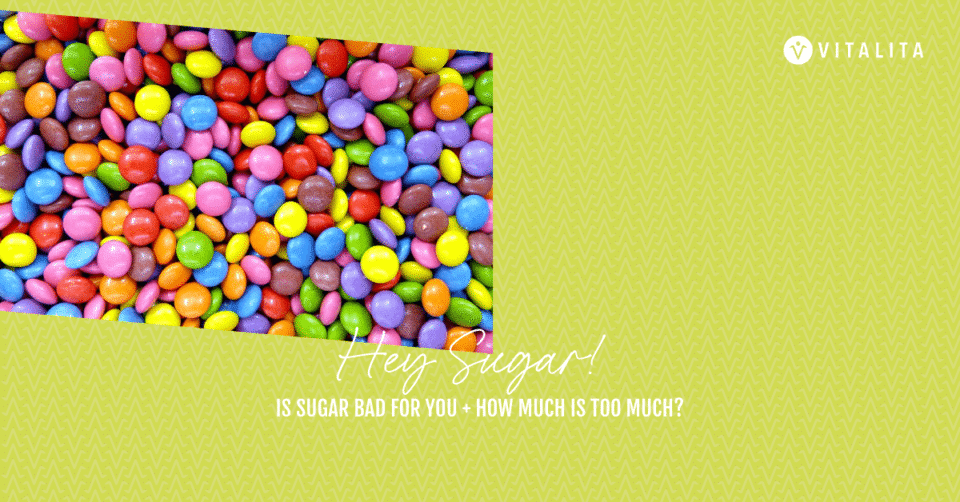
We’re told too much sugar is bad for us. Is it? And, how much is too much?
The World Health Organisation recommends that sugar makes up no more than five percent of your daily calorie intake. For an adult of normal body mass index (BMI), that’s about six teaspoons or 25 grams per day. But a 2011-12 study revealed that Australians consume three to four times as much! If you’ve got a sweet tooth, that’s probably a conservative estimate so, hold the maple syrup and keep reading.
Sugar is everywhere!
Last year, Georgina and I joined I Quit Sugar’s 8-week program. We weren’t eating loads of processed sugar but we were curious to see whether eliminating ALL sugar – natural and refined – for a short time would improve Georgina’s eczema and energy levels. It helped a little but it wasn’t the ‘silver bullet’ we had hoped for.
The biggest takeaway was that sugar is EVERYWHERE but the secretive little bugger has a whole bunch of names, making it harder to recognise at a glance. According to University of California San Francisco, there are at least 61 different names for sugar, including:
- sucrose
- high-fructose corn syrup
- barley malt
- dextrose
- diatase
- molasses
- lactose
- maltose
- rice syrup
- muscovado
- sorghum syrup
- diastatic malt
- ethyl maltol
Is it just me, or does it seem needlessly complicated?
During our eight-week experiment, we found sugar in all kinds of unlikely places: soy sauce, coconut yoghurt, bread, mayonnaise, mustard and sun-dried tomatoes. The most surprising place we found it hiding was peppermint tea bags!
Check the ingredients before you buy
If sugar is one of the first few ingredients, move on to the next product. And don’t be fooled by suggested serving sizes; unless you’re using measuring cups or kitchen scales, you may be eating more than you realised.
When checking food labels, bear in mind that not all sugar is created equal. Fructose is the stuff you really want to look out for because it’s broken down by the liver. Excessive consumption can increase the risk of type 2 diabetes, metabolic syndrome, cardiovascular and heart disease, and stroke.
Although most foods contain fructose, it’s possible to make healthy choices. For example, if I had to choose between a banana and a muesli bar as a mid-morning snack, I’d grab the banana; both are high in fructose but the banana is unprocessed and the fibre helps it break down more slowly, providing longer-lasting fuel.
Unfortunately, the more fructose you eat, the more you crave
So, if you’re eating a lot of high-fructose foods, consider cutting back. Start with four simple swaps:
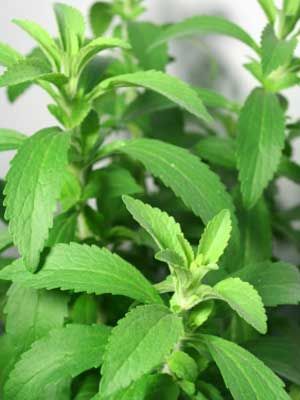 1. Sweetener
1. Sweetener
Dates, honey and maple syrup contain 30-40 percent fructose. Swap these for rice malt syrup or stevia which are fructose free and will not spike your insulin levels. Stevia is a plant-based sweetener that is 300 times sweeter than table sugar so a little goes a long way!
2. Dried fruit, fruit juice and smoothies
Highly concentrated, dried fruits and juices can contain up to 20 times more sugar than the same fresh fruit. Plus, the fibre in fresh fruit is filling and takes longer to break down. Aim for one to two small pieces of fruit per day.
3. Condiments
Bottled tomato and BBQ sauce are loaded with sugar. Try making them yourself so you can control the sugar content or opt for hummus, mashed avocado or greek yoghurt instead.
4. Soft drink
Did you know that a can of Coke contains 11 grams of sugar and a 500ml energy drink contains an eye-watering 53 grams? An occasional glass probably won’t have long-term health implications but if you drank a 600ml bottle of soft drink every day for a year, you’d consume 23 kilograms of sugar.
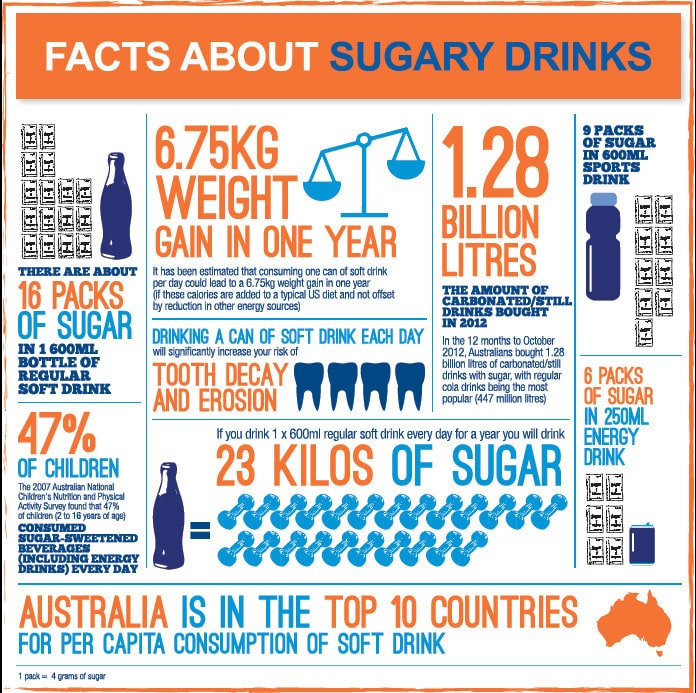

Earlier this year, the UK introduced a sugar tax to encourage manufacturers to reduce the sugar content of processed food and drinks. It will be interesting to see if Australia follows suit.
In the meantime, if you’re looking for sugar-free or low sugar alternatives, try:
- coconut water
- sparkling water flavoured with lemon or lime
- unsweetened iced tea (check out T2 for recipes to try at home)
- home-made kombucha
- natural sports hydration drink.
If you’re still bamboozled, the other tool you can use to make healthy choices is the glycemic index (GI) which ranks common foods using a scale of 0-100; the higher the number, the faster the food is digested and absorbed into the bloodstream. Look for foods that have a low to medium GI.
Curb your cravings
Keep the cravings at bay by incorporating healthy fats and protein into each meal. Foods such as avocado, oily fish, halloumi, eggs, seeds and nuts will satiate your hunger. If you are craving something sweet, reach for dark chocolate (min. 70% cocoa content) or try adding a pinch of cinnamon to your morning tea or coffee. Cinamon is thought to lower blood sugar levels.
We know cravings can be hard to kick (some studies show sugar is as addictive as cocaine!), which is why we’ve teamed up with a Clinical Nutritionist and wholefoods chef to bring you a brand new package.
The Transformation Package will help you take back control of your health so you can look and feel like a better version of yourself. Without our support and guidance you will:
-
understand and learn how to reduce your cravings
-
lose weight
-
increase your energy
-
feel better on the inside and out.
Get in touch to take the first step.
-Sam-
